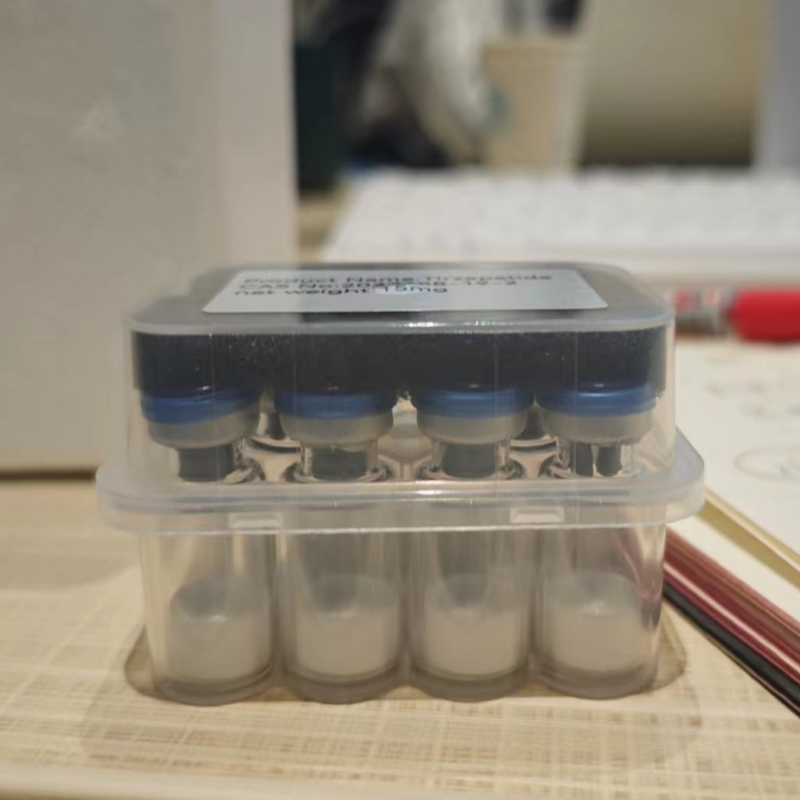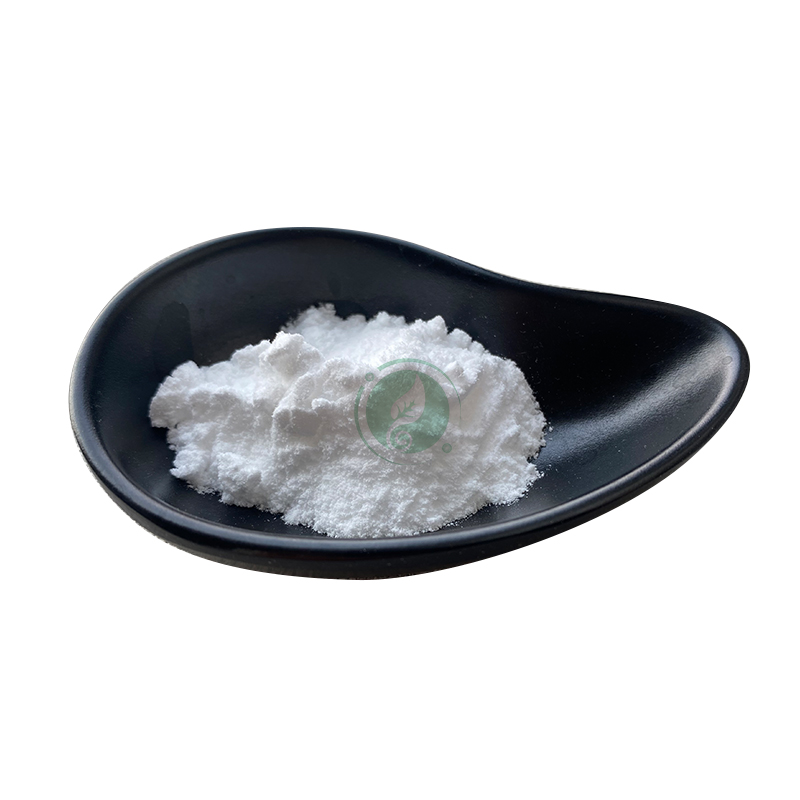-
Categories
-
Pharmaceutical Intermediates
-
Active Pharmaceutical Ingredients
-
Food Additives
- Industrial Coatings
- Agrochemicals
- Dyes and Pigments
- Surfactant
- Flavors and Fragrances
- Chemical Reagents
- Catalyst and Auxiliary
- Natural Products
- Inorganic Chemistry
-
Organic Chemistry
-
Biochemical Engineering
- Analytical Chemistry
-
Cosmetic Ingredient
- Water Treatment Chemical
-
Pharmaceutical Intermediates
Promotion
ECHEMI Mall
Wholesale
Weekly Price
Exhibition
News
-
Trade Service
Two years ago, Novartis spent US$2.
1 billion to acquire Endocyte to expand its radioligand therapy (RLT) assets in its oncology pipeline
.
Recently, the company announced the complete data of the Phase 3 VISION study of the key drug candidate 177Lu-PSMA-617 for the treatment of prostate cancer in the acquisition
The results showed that compared with SOC treatment alone, 177Lu-PSMA-617 combined with SOC treatment significantly prolonged overall survival (median OS: 15.
3 months vs 11.
3 months; difference = 4 months) and reduced the risk of death 38% (HR=0.
62)
.
In addition, the combination therapy significantly prolonged radiological progression-free survival (rPFS) more than doubled (median rPFS: 8.
The lead researcher of the study, Dr.
Michael Morris, MD, director of the prostate cancer department at Memorial Sloan Kettering Cancer Center, pointed out that the patients enrolled in the study are already at the end of the disease course.
They have previously received chemotherapy and androgen receptor pathway inhibitors.
These are families of drugs with fairly good results, but patients have developed drug resistance after receiving these therapies.
As many as 90% of patients have no other meaningful treatment options and can only receive supportive care
.
The results from the VISION study will help these patients with "very poor prognosis" and no treatment options, and will fill the real unmet medical needs of this type of prostate cancer patients
.
In terms of safety, the incidence of drug-related adverse events (TEAE) reported during treatment in the 177Lu-PSMA-617 and SOC combined treatment group was nearly three times that of the SOC single treatment group (85.
3% vs 28.
8%), and TEAE-related withdrawals The rate is also higher, with 11.
9% of patients in the combination therapy group discontinuing 177Lu-PSMA-617, 8.
5% of patients discontinuing SOC, and 7.
8% of patients in the SOC monotherapy group discontinuing treatment
.
Michael Morris pointed out that considering the nature of the treatment and the patient's condition, these effects are not surprising
.
The most common side effects affect nearly half of patients, including fatigue and bone marrow suppression
Currently, Novartis is already preparing the regulatory application documents for 177Lu-PSMA-617
.
It should be pointed out that radioligand therapy is not as simple as manufacturing small molecules or biological products, which can be stored on the shelf or in the refrigerator
Reference source: ASCO: Novartis backs up $2.







